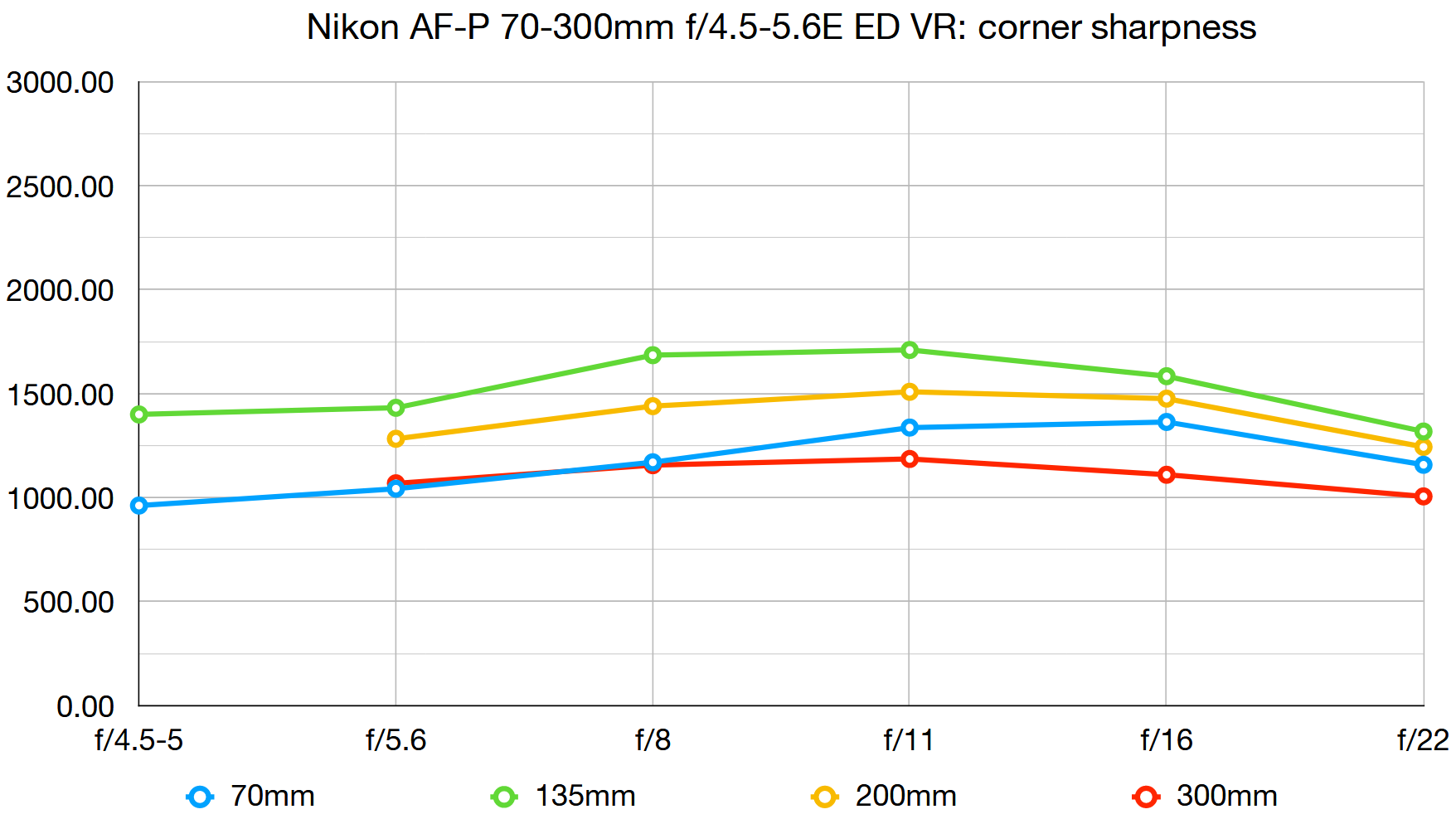Digital Camera World Verdict
This is a superb telephoto zoom for both FX (full-frame) and DX (APS-C) Nikon DSLRs, packing high-end performance and image quality into a conveniently compact and lightweight yet robust and weather-sealed construction. Winning attractions include fast AF-P autofocus, 4.5-stop optical VR with both Normal and Sport modes, and an electromechanically controlled aperture diaphragm. It’s also a good choice for Nikon’s Z-series mirrorless cameras, via an FTZ or FTZ II mount adapter.
Pros
- +
Super-fast, silent autofocus system
- +
4.5-stop dual-mode VR
- +
Robust, weather-sealed construction
Cons
- -
No focus distance scale
- -
Incompatible with some early Nikon DSLRs
Why you can trust Digital Camera World
The latest and greatest in a long and highly acclaimed line of compact NIKKOR telephoto zooms, the Nikon AF-P 70-300mm f/4.5-5.6E ED VR is by far the best yet. If you have a DX format Nikon DSLR, you might well be tempted by the APS-C format Nikkor AF-P DX 70-300mm f/4.5-6.3G ED VR, which is a solid performer and good value at price. However, if you can stretch the budget, this FX format lens is far superior.
Specifications
Mount: Nikon F FX
Full frame: Yes
Image stabilization: Yes
Autofocus: Yes
Lens construction: 18 elements in 14 groups
Angle of view: 34.3-8.2 degrees
Diaphragm blades: 9
Minimum aperture: f/32-40
Minimum focusing distance: 1.2m
Maximum magnification ratio: 0.25x
Filter size: 67mm
Dimensions: 81x146mm
Weight: 680g
Key features
Although highly regarded for their compactness and image quality, Nikon’s long line of 70-300mm telephoto zooms have never exactly been feature-rich. This latest edition is much more impressive. It has stronger, weather-sealed build quality and an incredibly rapid yet silent autofocus system. Based on a stepping motor, it’s super-speedy for stills while also enabling smooth autofocus transitions when shooting movies.
Further highlights include a 4.5-stop VR system which boasts Nikon’s latest ‘Sport VR’ mode. This enables you to track erratically moving objects more easily in the viewfinder, as well as avoiding any slow-down in continuous drive rate. Another bonus is that the electromagnetically controlled diaphragm enables greater exposure consistency in high-speed drive mode. The only downside is that both the autofocus and aperture control systems make the lens incompatible with some older Nikon DLSRs.
Performance
The autofocus and stabilization systems work brilliantly well for action, sports and wildlife photography, to which the zoom range is ideally suited. Image quality is excellent in all respects. Outright telephoto reach can sometimes feel a little limited on full-frame DSLRs but is effectively boosted to a maximum ‘effective’ 450mm on a DX format body, which will generally more than cover the distance.
Lab results
We run a range of lab tests under controlled conditions, using the Imatest Master testing suite. Photos of test charts are taken across the range of apertures and zooms (where available), then analyzed for sharpness, distortion and chromatic aberrations.
We use Imatest SFR (spatial frequency response) charts and analysis software to plot lens resolution at the center of the image frame, corners and mid-point distances, across the range of aperture settings and, with zoom lenses, at four different focal lengths. The tests also measure distortion and color fringing (chromatic aberration).
Sharpness:
Our fairly close-range lab results based on shooting small test charts only yielded average scores for sharpness but the lens really impresses in real-world telephoto shooting.
Fringing:
There’s very little colour fringing at both ends of the zoom range and even less at medium settings.
Distortion:
The best camera deals, reviews, product advice, and unmissable photography news, direct to your inbox!
Barrel distortion is very slight at the short end of the zoom range and there’s virtually no distortion elsewhere.
Verdict
This is a superb telephoto zoom for both FX (full-frame) and DX (APS-C) Nikon DSLRs, packing high-end performance and image quality into a conveniently compact and lightweight yet robust and weather-sealed construction. It’s also a good choice for Nikon’s Z-series mirrorless cameras, via an FTZ or FTZ II mount adapter.
Read more:
The best Nikon cameras
The best Nikon lenses
The best Nikon telephoto lenses
The best lenses for bird photography
Matthew Richards is a photographer and journalist who has spent years using and reviewing all manner of photo gear. He is Digital Camera World's principal lens reviewer – and has tested more primes and zooms than most people have had hot dinners!
His expertise with equipment doesn’t end there, though. He is also an encyclopedia when it comes to all manner of cameras, camera holsters and bags, flashguns, tripods and heads, printers, papers and inks, and just about anything imaging-related.
In an earlier life he was a broadcast engineer at the BBC, as well as a former editor of PC Guide.







